-
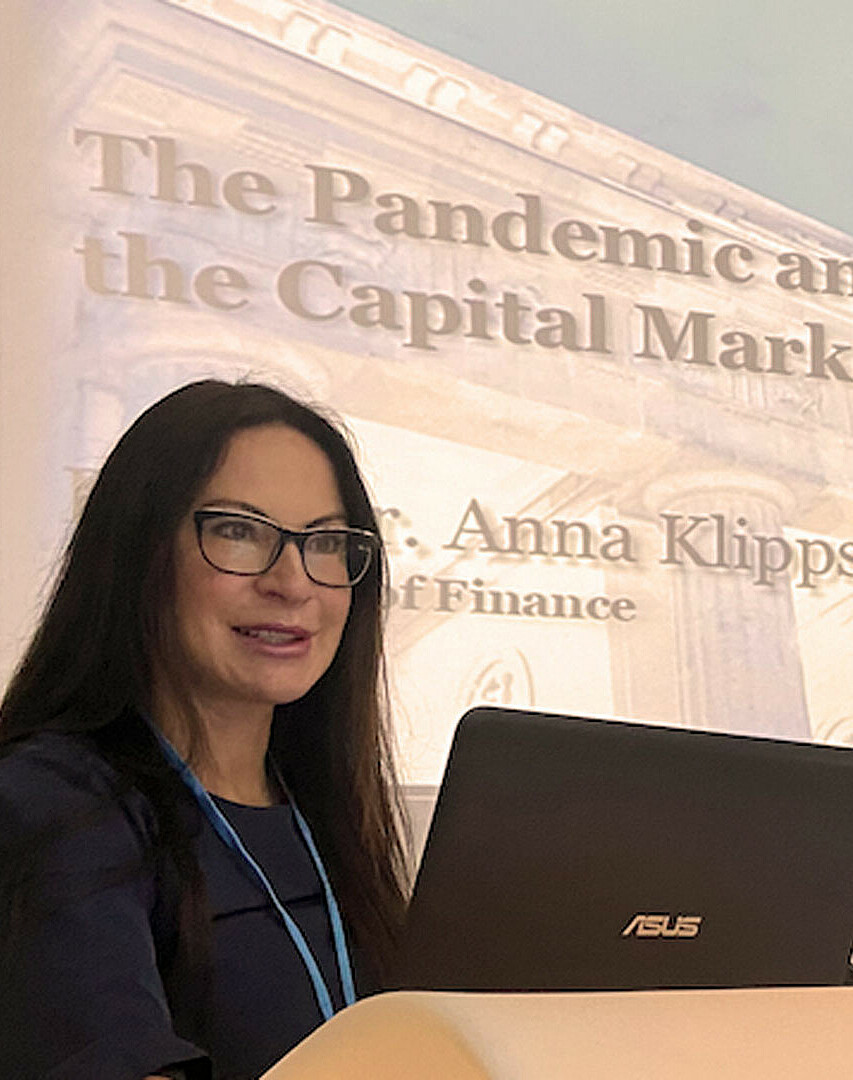
Photo: private
05.11.2021The Pandemic and its Impact on the Capital Market
A guest contribution by Brain City Ambassador Dr. Anna Klippstein, professor of finance and Eliyahu Mätzschker, student at Touro College Berlin.
In keeping with the tradition of American universities, students at Touro College Berlin are conducting cross-program research in the Bachelor’s programme together with MBA students and graduates under the direction of Prof. Dr. Anna Klippstein on the current topic “Pandemic and its impact on the Capital Market”. The research project was presented at the eighth meeting of the Financing Working Group of Professors of Economics on 7 May 2021 in Hamburg. At the end of August 2021, it was the focus of lively discussions at the 20th International conference “Economy & Business” in Burgas, Bulgaria. The Touro College Berlin is the German branch of the Touro College & University System with headquarters in New York, USA. The internationally oriented, State-recognised private university awards German and American degrees. Classes are held exclusively in English. Technical diversity and interdisciplinary synergies, which are typical for Brain City Berlin, also create efficiency in research here and ensure an additional learning effect in the sense of “innovative education”.
We have seen unprecedented growth in technology stocks since the COVID-19 pandemic began. Stocks such as those of Tesla have shown growth of more than 700 percent in less than a year. But we also see other, already very established tech companies such as Apple and Microsoft, whose stock prices seem to know only one direction: up. Now it is human nature to observe this development critically. Why is the market developing the way it does? Is it stable and safe? Is it maybe just a bubble again? If so, when will it burst? Memories of the early 2000s are awakened.
The DotCom time: “Think big!”, but almost no profits
The focus of our research is on the comparative analysis between the financial crisis in the early 2000s, also known as the DotCom bubble, and the current time of the corona pandemic. At the moment we are experiencing a huge boom phase for so-called growth stocks – stocks with a high price/earnings ratio or high sales growth. Something similar happened between 2001 and 2002.
The beginning of the tech and internet-based industry is rooted in the 1990s. At that time, an industry emerged that changed the world more than almost any other. People quickly recognised the potential of the IT industry. It was hyped up accordingly. It was a time of very quick and easily accessible venture capital.
It is important here that at the beginning of the year 2000 the vast majority of the relatively young IT companies were not making any profits. Even so, their stock market prices shot through the roof. An example of this is Netscape. With “Navigator” the company developed the world’s first Internet search engine. Netscape went public without making a single dollar profit. On the first day of the IPO, the company’s value had already doubled. In a matter of a few minutes, Netscape was worth nearly $ 3 billion on Wall Street (link available in German only). The motto of those companies back then was “Think big!”. There were luxury trips for the employees, but hardly any investments in the future of the company. For example, around 20 percent of all Superbowl commercial breaks in the early 2000s, which are the most expensive advertising spaces in the world, were booked by tech companies.
The bubble burst when Japan slid into recession. At that time, the central banks raised the key interest rate, whereupon the demand for conservative forms of investment rose again, while more and more investors withdrew their money from the stock market and growth stocks. This eventually spelled the end of quick venture capital, and therefore an end to the flow of money for tech companies. In March 2001 the US also slipped into recession. This development was intensified by the effects of 11 September 2001. Many companies had to file for bankruptcy. The image of a supposedly “perfect” industry collapsed. The Nasdaq lost more than 78 percent of its value – more than $ 5 trillion. Tech companies such as Apple, Amazon, Google and Netflix are among the “survivors” of the crisis. To sum up: At that time, the IT industry already showed great potential, but there were only a few economically stable companies.
Corona pandemic: new hype in the high-tech sector
When COVID-19 stepped onto the world scene, the high-tech industry was already very developed and established. The first lockdowns with worldwide travel restrictions took place in March 2020. The ensuing uncertainty among investors resulted in “Animal Spirits,” as British economist John Maynard Keynes called it. There was a massive slump in the markets.
What came next, however, marks the most effective and innovative time to date for the global technology sector. The great demand for social distancing solutions provided a strong push towards digitisation. Amazon emerged as the biggest winner. But there were also surprises, such as the development of Zoom. The shares of the company, which was completely unknown two years ago, are already listed in the NASDAQ 100 index.
This led to a new hype in the high-tech sector. Growth funds like Ark Invest delivered profits of up to 732 percent. Bitcoin reached a value of $ 64,899 on 15 April 2021. Artificial intelligence is also in greater demand than ever before. When the news about the first vaccines, and later the vaccination campaigns, were published, the markets experienced another boost. However, the entire market was driven by just a few tech companies (so-called FANGMAN companies).
2 boom phases with decisive differences
Both the DotCom bubble and the Corona crisis represent enormous boom phases for the markets. However, there are clear differences between the DotCom crisis and the time of the pandemic. At the beginning of 2000, it was almost only start-ups that grew in the so-called “New Economy”. These new, emerging companies were mainly financed by loans and did not make profits. They were therefore almost exclusively affected by the crisis later. Today, many corporations in the high-tech industry, such as Alphabet, Apple, Facebook, Microsoft or Netflix, are not only very well established, they also made enormous profits even before the pandemic. Another difference between the two boom phases: In contrast to the current pandemic phase, the DotCom crisis represented an industry-internal shock related to the tech sector. The increase in base rates is considered to be one of the immediate causes of the crisis at that time and led to the indebted industry becoming insolvent.
The corona pandemic, on the other hand, is more of an external event today. The decisive difference to the DotCom time: A low interest rate environment (in the US) or negative interest rate environment (in the EU) has existed for more than a decade. The tech companies that are well established today therefore benefit from a low interest rate environment. The amount of money also differs: At the beginning of the 2000s, the volume of M2 money supply was three times as high as the value of the S&P 500 stock index. A clear sign of the formation of the bubble and the impending crisis. In turn, during the pandemic, central banks and governments passed several aid packages that brought additional liquidity to the markets. Even so, the S&P 500 equity index is now higher than the M2 money supply. A clear indication of the economic strength and stability of current capital markets.
Creating clarity: the current market situation is ambiguous
In summary, the crises of the DotCom era and the corona pandemic have many similarities when examined superficially, however, clear differences can also be identified. It remains to be seen how the markets will react if the central banks decide to raise the base rates further. In such a case, investors could decide to take their money from the growth stocks and invest in conservative stocks. That would have a strong impact on the capital markets and lead to falling prices.
Why are we dealing with these questions at Touro College Berlin? The answer is obvious: After more than 20 years of falling interest rates, coupled with a more than uncertain prospect of pensions, young people today have to make provisions for their old age. Trading stocks has never been easier. “Trade Republic”, “Robinhood”, “Etoro” and other free trading platforms make it easy for everyone to get started in stock trading. But at the same time, the vast majority lack the knowledge of how and in what to invest. The market situation is not clear, especially at the time of the pandemic. That is why we hope to create a little more clarity with our project.

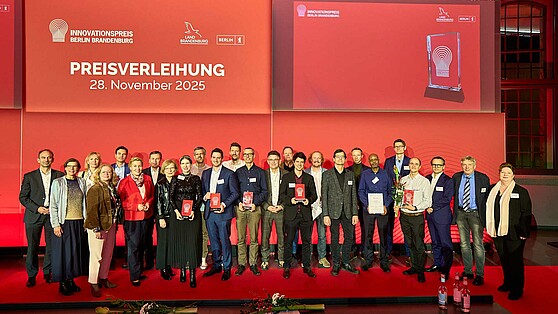



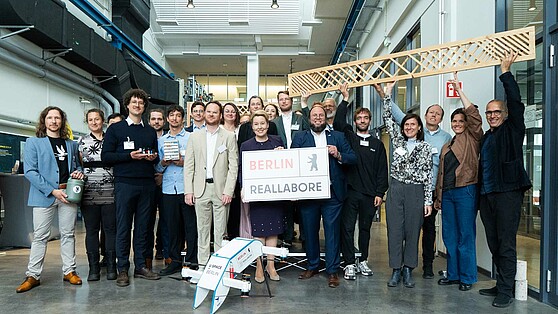







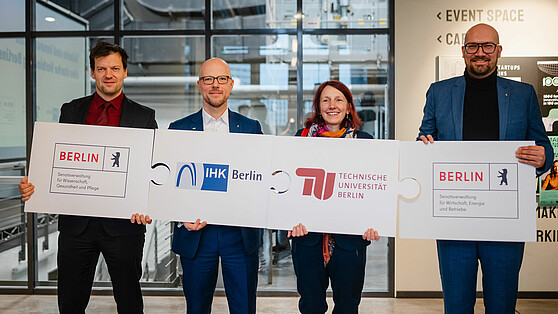

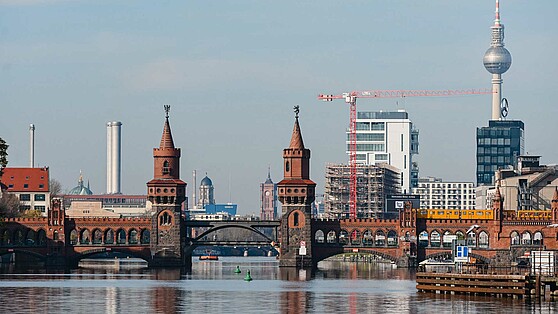


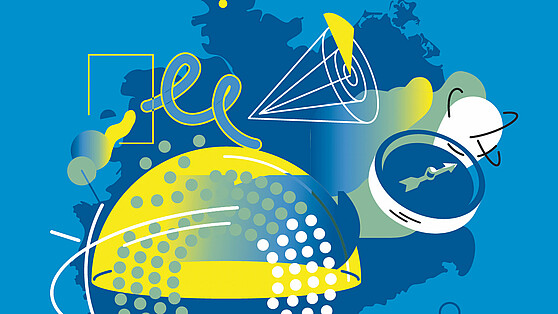









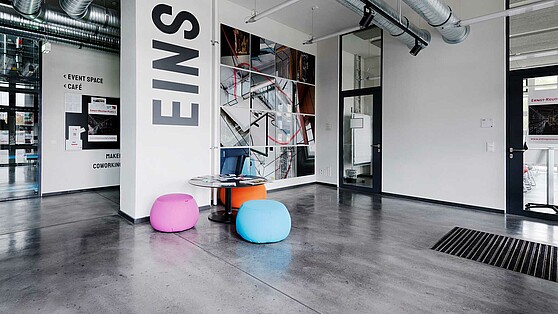





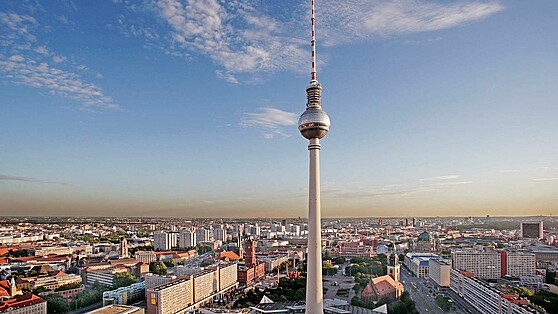
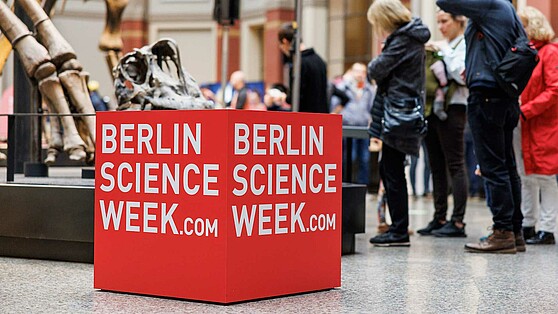
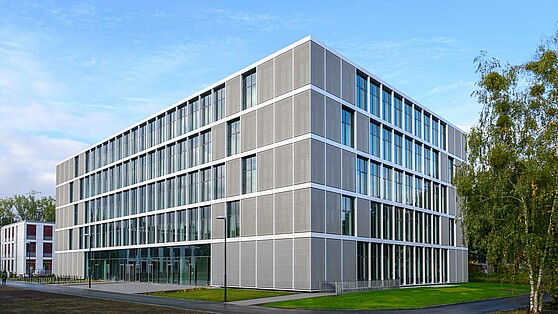

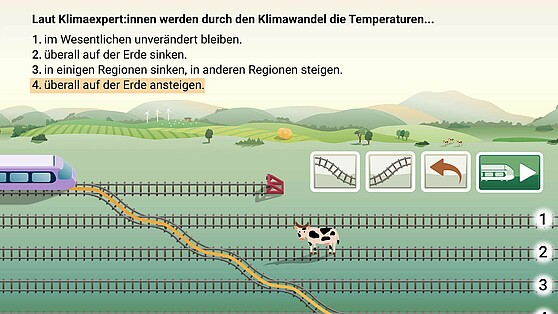
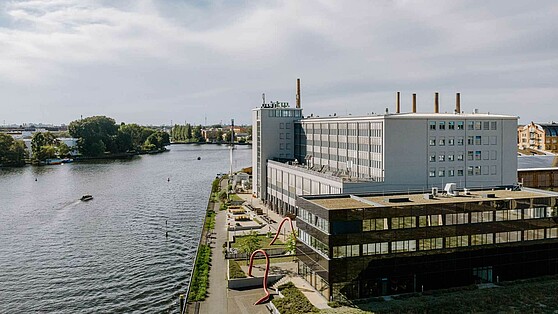



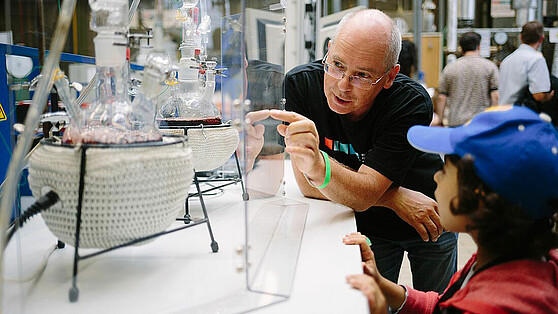

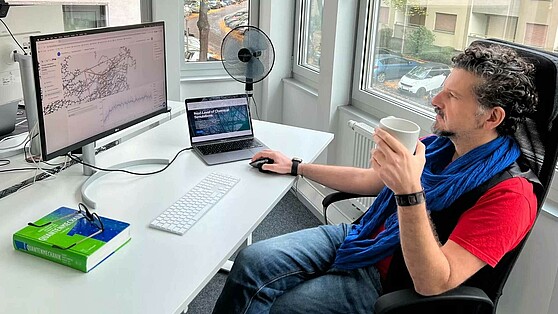



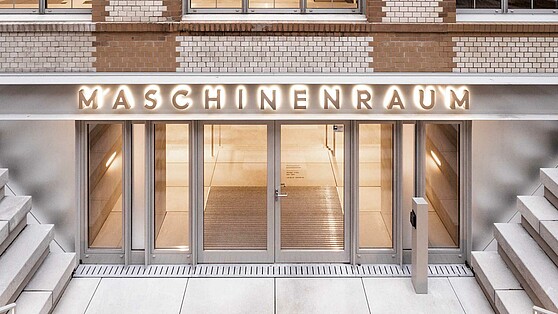
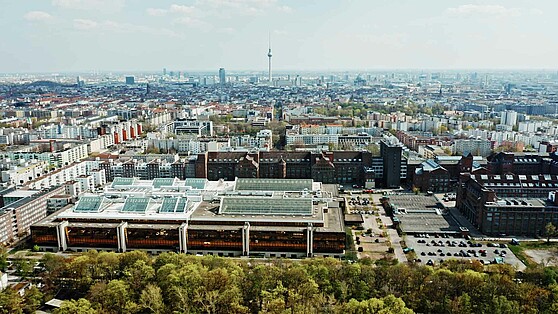

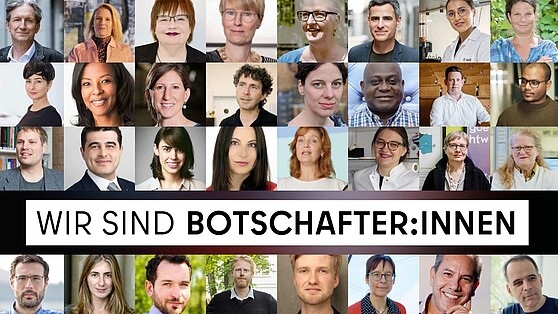












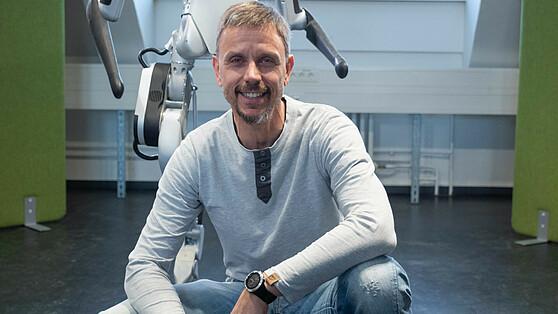

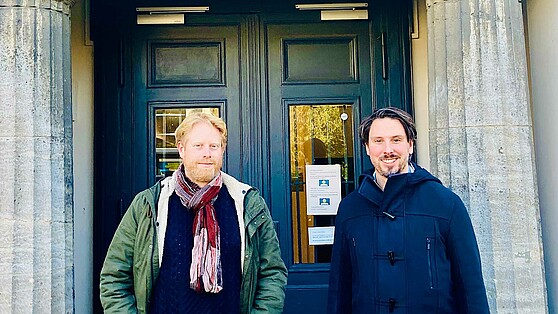




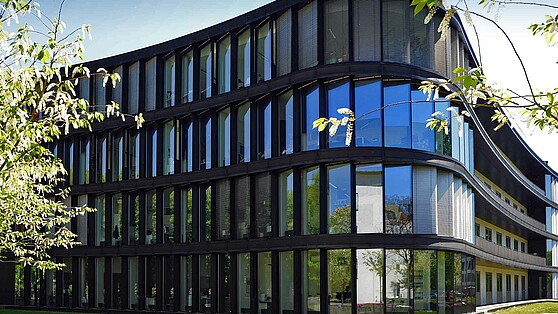

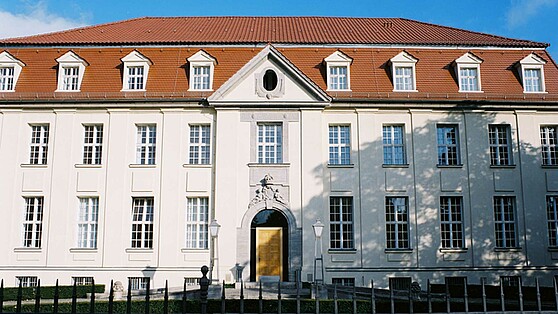


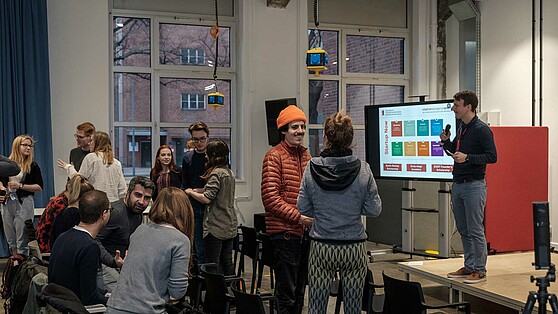

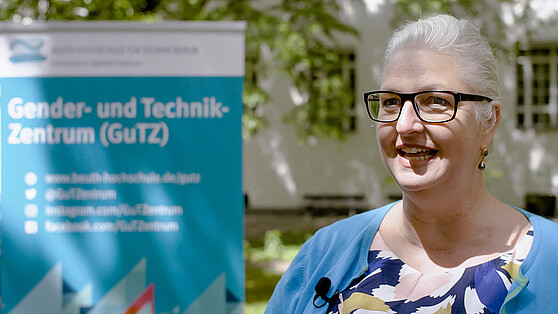











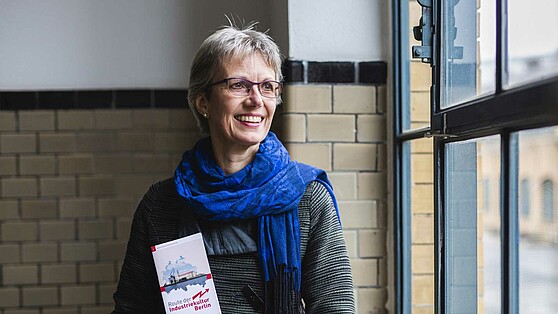





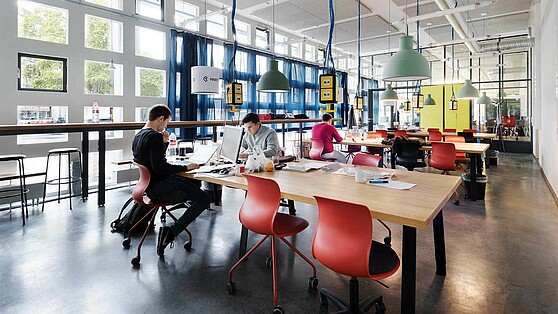


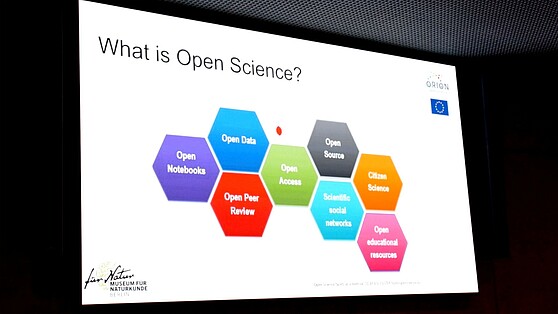



![[Translate to English:] [Translate to English:]](/fileadmin/_processed_/9/d/csm_bwasihun-vdo_558x314_c0d384ce60.jpg)
![[Translate to English:] Berlin University Alliance/Matthias Heyde [Translate to English:]](/fileadmin/_processed_/5/a/csm_Berlin_University_Alliance_Matthias_Heyde-558x314_4bc591ca3c.jpg)
![[Translate to English:] David Ausserhofer/IGB [Translate to English:]](/fileadmin/_processed_/6/f/csm_Hupfer__Michael_____R__David_Ausserhofer_588x314_6fef164e57.jpg)
![[Translate to English:] Helena Lopes / Unsplash [Translate to English:]](/fileadmin/_processed_/b/6/csm_helena-lopes-1338810-unsplash_558x314_857802ad2f.jpg)
![[Translate to English:] HZB/M. Setzpfandt [Translate to English:]](/fileadmin/_processed_/f/a/csm_LNDW_HZB_558x314_e1e3500ed5.jpg)
![[Translate to English:] Tim Landgraf [Translate to English:]](/fileadmin/_processed_/0/7/csm_Car2CarEnergySharing_Tim_Landgraf_558x314_485bf716e9.jpg)
![[Translate to English:] [Translate to English:]](/fileadmin/_processed_/b/6/csm_Open-Access_Berlin-Partner_Wu__stenhagen_558x314_dd0c6e714d.jpg)
![[Translate to English:] Thomas Rosenthal - Museum für Naturkunde Berlin [Translate to English:]](/fileadmin/_processed_/6/d/csm_Museum_fu___er_Naturkunde_Berlin_Thomas_Rosenthal_f11b8ba056.jpg)
![[Translate to English:] [Translate to English:]](/fileadmin/_processed_/f/c/csm_TU_Berlin_Cem_Avsar_558x314_4b07bcb055.jpg)